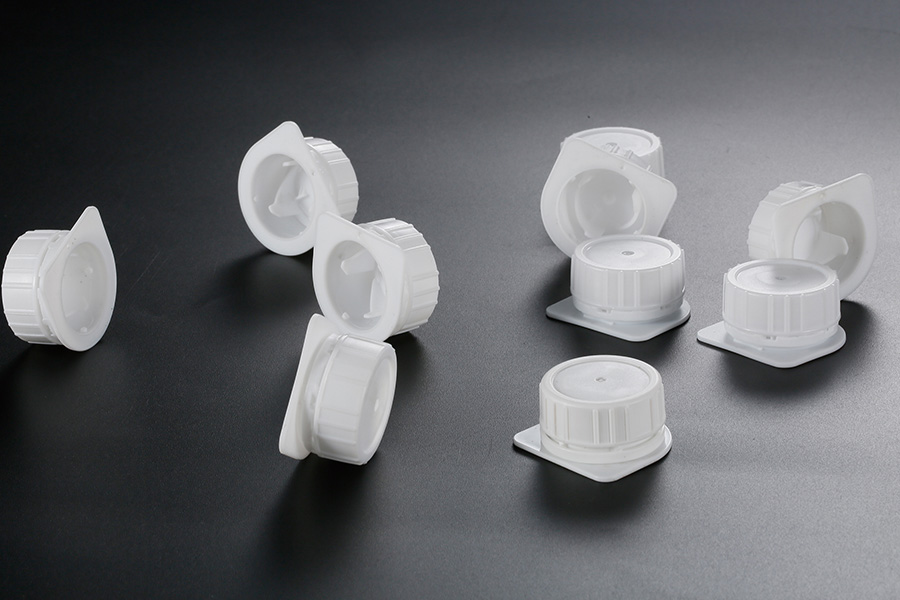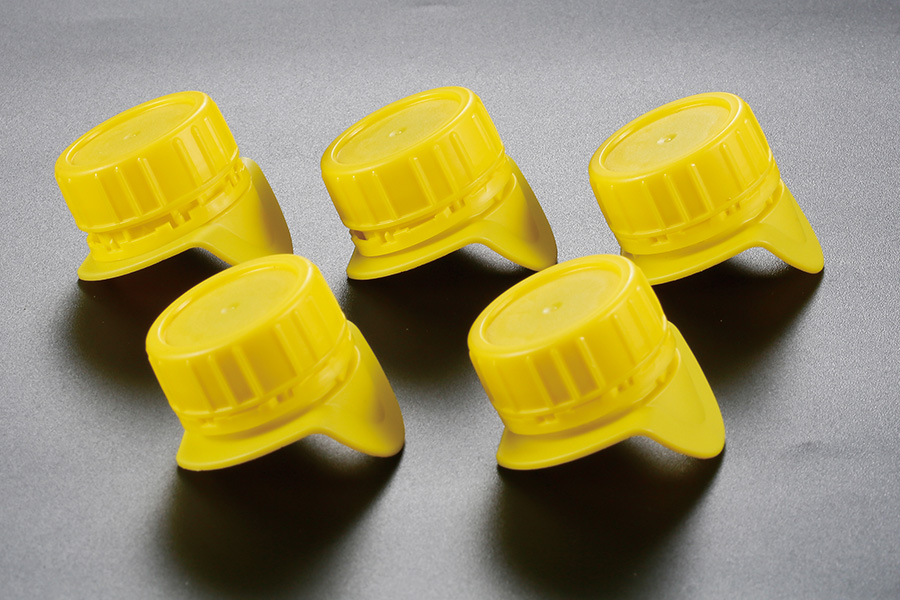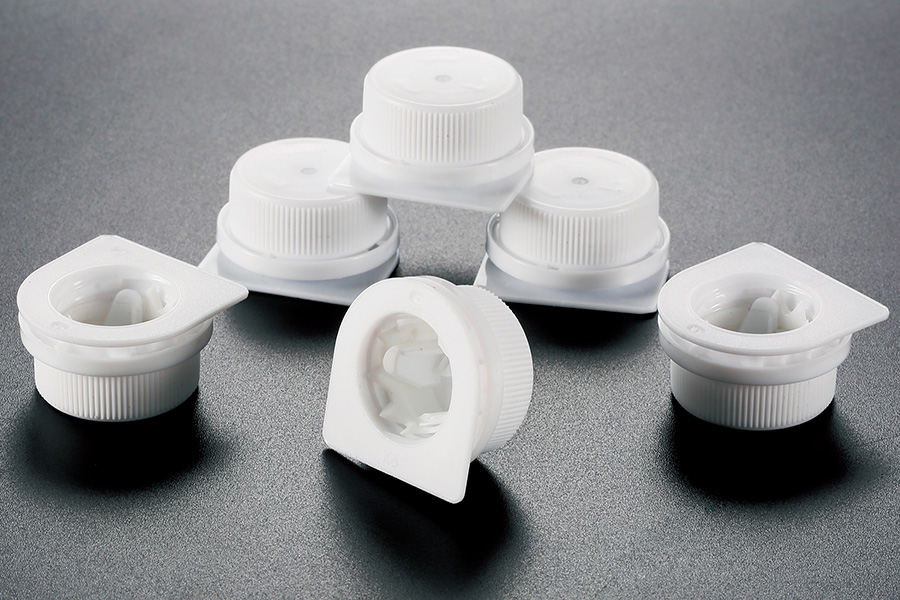In the world of liquid packaging, closures play a vital role in preserving quality, ensuring safety, and enhancing user experience. Among various closure types, Streamcaps have emerged as a reliable solution across beverage, food, pharmaceutical, and household liquid applications. Their evolving structure reflects a clear shift toward convenience, hygiene, and sustainability. This article explores the functional design of modern Streamcaps, focusing on how they contribute to sealing performance, user safety, and packaging efficiency.

Streamcaps are specifically engineered to support the controlled flow of liquid products. The design typically includes a precision-engineered spout, ergonomic grip zones, and an easy-to-open mechanism. These elements are critical in allowing users to dispense liquids without spillage or excessive force. The internal flow regulation geometry helps maintain a consistent pour rate, which is particularly important in products such as juices, cleaning agents, and dairy-based beverages.
A defining feature of many Streamcaps is their integration with sealed bottle caps, which ensure product integrity from the point of filling to the moment of one use. These sealed bottle caps utilize aluminum foil or plastic film as tamper-evident barriers, providing visual and physical proof of product safety. Once the seal is broken, the Streamcap structure still supports resealing, maintaining freshness, and preventing contamination. This combination of functionality and security makes sealed bottle caps an essential component in modern cap design.
In addition to flow control, safety remains a fundamental design priority. Modern Streamcaps often double as safety bottle cap solutions, particularly in applications involving pharmaceuticals or household chemicals. These safety bottle cap features may include child-resistant locking systems or torque-based resistance that prevents accidental opening. The design also incorporates non-drip spouts, reducing mess and ensuring a clean user experience after each use. These safety enhancements are not only compliance-driven but also meet increasing consumer expectations for trustworthy packaging.
Material choice further defines the functionality of Streamcaps. Food-grade polypropylene and polyethylene are commonly used due to their compatibility with liquids and recyclability. These plastics are molded into precise shapes to support both the sealing and safety features discussed earlier. The compatibility with foil-sealed liners enables manufacturers to produce highly secure sealed bottle caps that withstand both transport vibration and pressure changes. Furthermore, tamper-evident banding and audible click mechanisms increase user confidence during one-time opening.
From a manufacturing perspective, Streamcaps are often produced using high-precision injection molding processes. This allows for consistent cap threading, uniform sealing surfaces, and precise alignment of the spout and cover. Such accuracy ensures that safety bottle cap mechanisms work as intended, and resealing remains effective after multiple uses. Manufacturers also offer customizable features, such as cap color, embossed logos, and unique spout shapes to match branding needs without compromising performance.
Another benefit of Streamcaps is their support for single-handed operation. This function is particularly useful for consumers who may need to dispense products while multitasking, such as pouring drinks for children or measuring detergents. The user-friendly experience is enhanced by the spout’s directionality and the cap’s ergonomic form. Still, none of this would be possible without a secure underlying structure, such as that provided by sealed bottle caps, which preserve product safety even in lightweight packaging formats.
The design of a Streamcap also considers sustainability. Many versions are designed to be fully recyclable and compliant with tethered cap regulations, ensuring the cap remains attached to the container even after opening. This feature has less environmental impact and aligns with circular economy goals. Despite the added complexity, the safety bottle cap function remains intact, ensuring that product integrity is not sacrificed for eco-conscious packaging.
In conclusion, the functional design of modern Streamcaps addresses the complex demands of today’s packaging environment. Through a combination of precise engineering, smart materials, and integrated safety features, Streamcaps represent a thoughtful evolution in cap technology. Whether through their effective flow control, the secure closure offered by sealed bottle caps, or the protective properties of a safety bottle cap, these closures serve both practical and regulatory needs across multiple industries. As packaging expectations continue to evolve, Streamcap stands as a model of how function and design can work together to meet consumer and market requirements.


 English
English  русский
русский عربى
عربى



